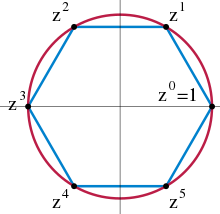
In mathematics, the Euclidean group E(n), also known as ISO(n) or similar, is the symmetry group of n-dimensional Euclidean space. Its elements are the isometries associated with the Euclidean distance, and are called Euclidean isometries, Euclidean transformations or Rigid transformations.
Euclidean isometries are classified into direct isometries and indirect isometries, an indirect isometry being an isometry that transforms any object into its mirror image. The direct Euclidean isometries form a group, the special Euclidean group, whose elements are called Euclidean motions, displacements or...